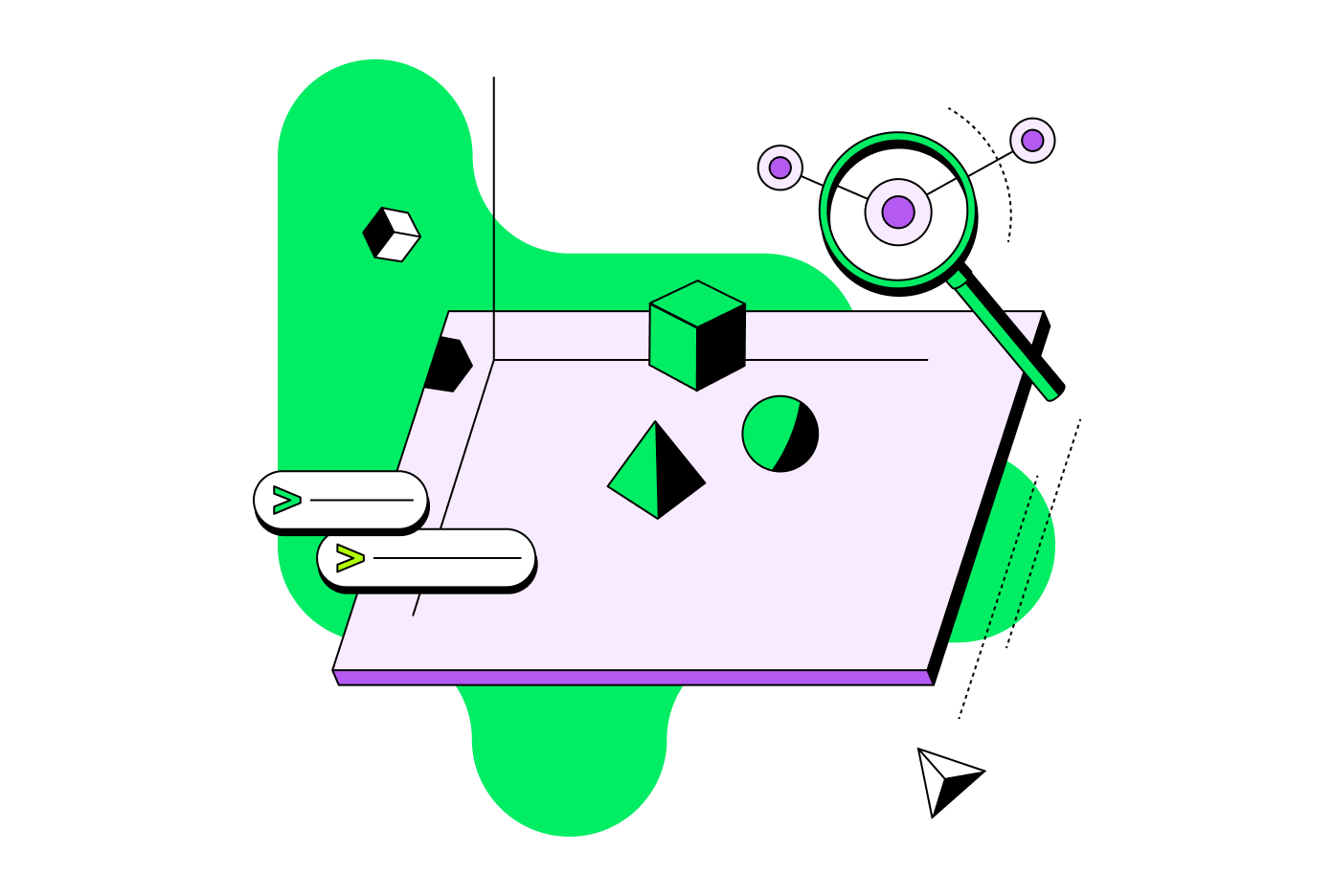How to Stand Out From the Crowd When Everyone Uses Generative AI
.png?auto=format%252Ccompress)
The arrival of Generative AI powered by Large Language Models (LLMs) in 2022 has captivated business leaders and everyday consumers due to its revolutionary potential. As the dawn of another new era in technology begins, the gold rush is on to leverage Generative AI and drive disruption in markets or risk becoming a victim of said disruption.
Now, a vast array of vendors are bringing to market Generative-AI enablers and products. This proliferation of fast-followers leaves executives and software developers feeling overwhelmed. These promising tools must also be able to be modified from just a demo or prototype to full-scale production use.
Check out our AI resource page to learn more about building AI-powered apps with MongoDB.
Success doesn't necessarily equate to differentiation, especially when everyone has access to the same tools. In this environment, the key to market differentiation is layering your own unique proprietary data on top of Generative AI powered by LLMs. Documents, the underlying data model for MongoDB Atlas, allow you to combine your proprietary data with LLM-powered insights in ways that previous tabular data models couldn't, providing the potential for a dynamic, superior level of market differentiation.
The way to do this is by transforming your proprietary data - structured and unstructured - into vector embeddings. They capture the semantic meaning and contextual information of data making them suitable for various tasks like text classification, machine translation, sentiment analysis, and more.
With vector embeddings, you can easily unlock a world of possibilities for your AI models. Vector embeddings provide numerical encodings that capture the structure and patterns of your data. This semantically rich representation makes calculations of relationships and similarities between objects a breeze, allowing you to create powerful applications that weren’t possible before.

MongoDB's ability to ingest and quickly process customer data from various sources allows organizations to build a unified, real-time view of their customers, which is valuable when powering Generative AI solutions like chatbot and question-answer (Q-A) customer service experiences. We recently announced the release of MongoDB Vector Search, a fast and easy way to build semantic search and AI-powered applications by integrating the operational database and vector store in a single, unified, and fully managed platform — along with support integrations into large language models (LLMs).
Rather than create a tangled web of cut-and-paste technologies for your new AI-driven experiences, our developer data platform built on MongoDB Atlas provides the streamlined approach you need to bring those experiences to market quickly and efficiently, reducing operational and security models, data wrangling, integration work, and data duplication, while still keeping costs and risk low.
With MongoDB Atlas at the core of your AI-powered applications, you can benefit from a unified platform that combines the best of operational, analytical, and generative AI data services for building intelligent, reliable systems designed to stay in sync with the latest developments, scale with user demands, and keep data secure and performant.
To find out more about how Atlas Vector Search enables you to create vector embeddings tailored to your needs (using the machine learning model of your choice including OpenAI, Hugging Face, and more) and store them securely in Atlas, download our white paper, Embedding Generative AI and Advanced Search into your Apps with MongoDB.
If you're interested in leveraging generative AI at your organization, reach out to us today and find out how we can help.
Head over to our quick-start guide to get started with Atlas Vector Search today.